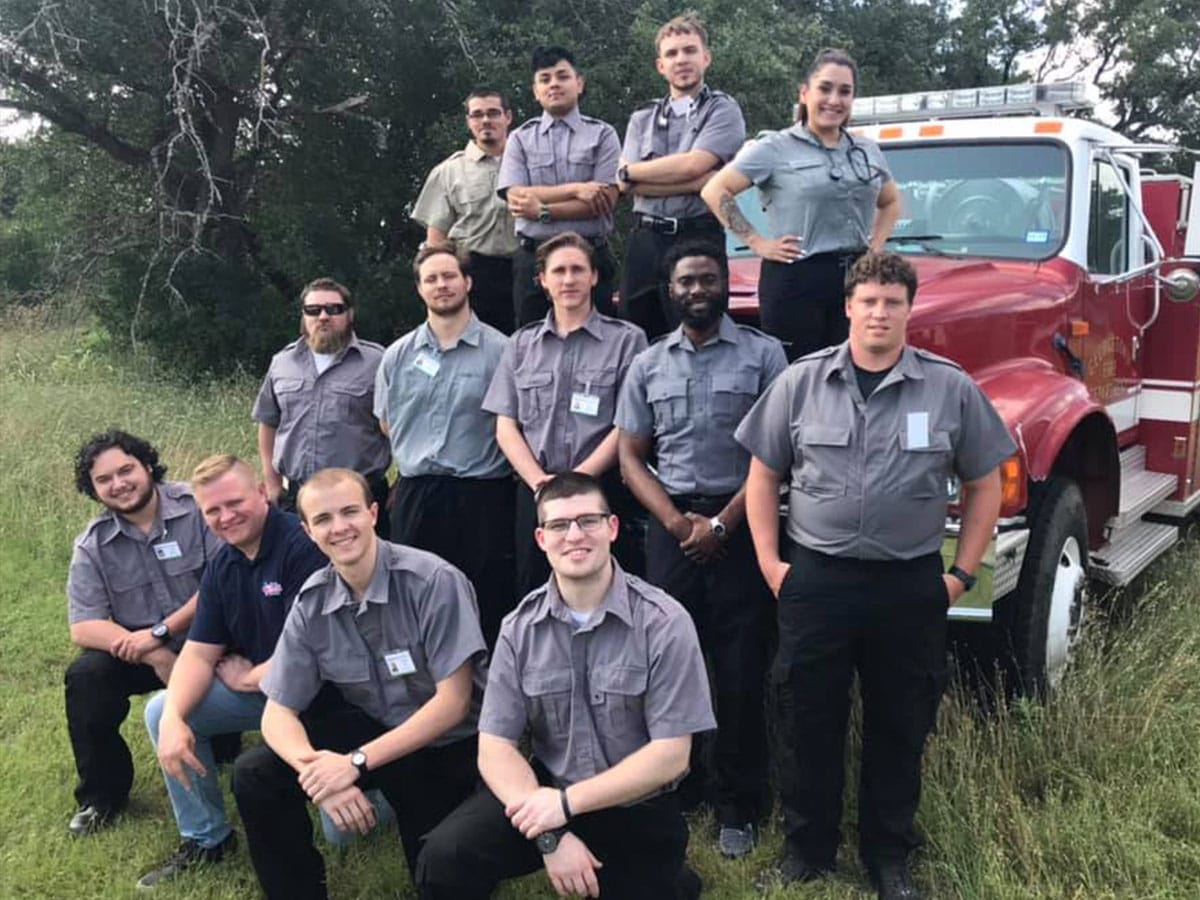Becoming a paramedic is an admirable and challenging career choice. It requires dedication, hard work, and a commitment to saving lives. The journey from being a novice to an expert in paramedic training is a transformative experience that prepares individuals to handle life-threatening emergencies with confidence and skill.
In this comprehensive guide, we will delve into the world of paramedic training, exploring the various aspects of basic EMS education, the role of Texas EMS schools, the benefits of traditional face-to-face EMS courses, and the convenience of online EMS training courses. We will also address frequently asked questions about emergency medical services education and offer insights into the paramedic training journey.
From Novice to Expert: The Journey of Paramedic TrainingBecoming a paramedic involves embarking on a transformative journey that takes individuals from novice-level proficiency to expert-level competency. This process encompasses a combination of classroom education, hands-on training, practical experience, and continuous learning.
Paramedic Training: The Foundation for Excellence
Paramedic training serves as the foundation for excellence in emergency medical services. It equips aspiring paramedics with the essential knowledge and skills required to provide critical care in high-pressure situations. From anatomy and physiology to pharmacology and patient assessment, paramedic training covers a vast range Paramedic Skills of topics essential for effective pre-hospital care.
The Role of Basic EMS Education
Basic EMS education lays the groundwork for aspiring paramedics by introducing them to foundational concepts and techniques. This phase typically includes coursework in areas such as CPR, first aid, medical terminology, and basic life support. Basic EMS education provides a solid foundation upon which more advanced skills are built.
Texas EMS School: A Hub for Paramedic Training

Texas is home to several reputable EMS schools that offer top-notch paramedic training programs. These schools provide comprehensive curricula that adhere to industry standards and regulations. Texas EMS schools offer a wide range of resources, state-of-the-art facilities, and experienced instructors who are dedicated to nurturing the next generation of paramedics.
Traditional Face-to-Face EMS Courses: The Benefits
While online EMS training courses have gained popularity in recent years, traditional face-to-face EMS courses remain a preferred choice for many aspiring paramedics. These courses offer hands-on training opportunities that allow students to practice their skills in real-life scenarios. The interactive nature of face-to-face courses fosters better engagement and promotes effective learning.
Online EMS Training Courses: Convenience and Flexibility
Online EMS training courses have revolutionized paramedic education by offering convenience and flexibility to students. These courses allow individuals to pursue their training at their own pace and from the comfort of their homes. Online platforms provide comprehensive educational materials, interactive simulations, and virtual discussions that simulate real-world experiences.
Frequently Asked Questions about Paramedic Training What is the duration of paramedic training?- The duration of paramedic training varies depending on the program and the level of certification desired. On average, it takes 1-2 years to complete a paramedic training program.
- Prerequisites for paramedic training programs may vary, but most programs require applicants to possess a high school diploma or equivalent. Some programs may also require prior experience or certifications in basic life support.
- Yes, it is possible to become a paramedic without a college degree. However, completing a formal paramedic training program is necessary to obtain the required certifications and licensure.
- The cost of paramedic training varies depending on factors such as location, program length, and institution. On average, paramedic training can cost anywhere from $5,000 to $15,000.
- The demand for paramedics is expected to grow significantly in the coming years. Job prospects for trained paramedics are generally favorable, with opportunities available in various healthcare settings, including hospitals, ambulance services, and fire departments.
- Yes, continuing education is essential for paramedics to stay updated with the latest advancements in pre-hospital care. Paramedics are required to complete a certain number of continuing education hours every year to maintain their certifications and licensure.
The journey from novice to expert in paramedic training is a challenging yet rewarding experience. It requires dedication, perseverance, and a genuine passion for saving lives. With the right education, training, and practical experience, aspiring paramedics can develop the necessary skills and knowledge to excel in this vital healthcare profession.
Whether through traditional face-to-face EMS courses or online EMS training programs, the path to becoming a paramedic offers numerous opportunities for growth and personal development. By embracing this transformative journey, individuals can become trusted professionals capable of providing life-saving care during emergencies.